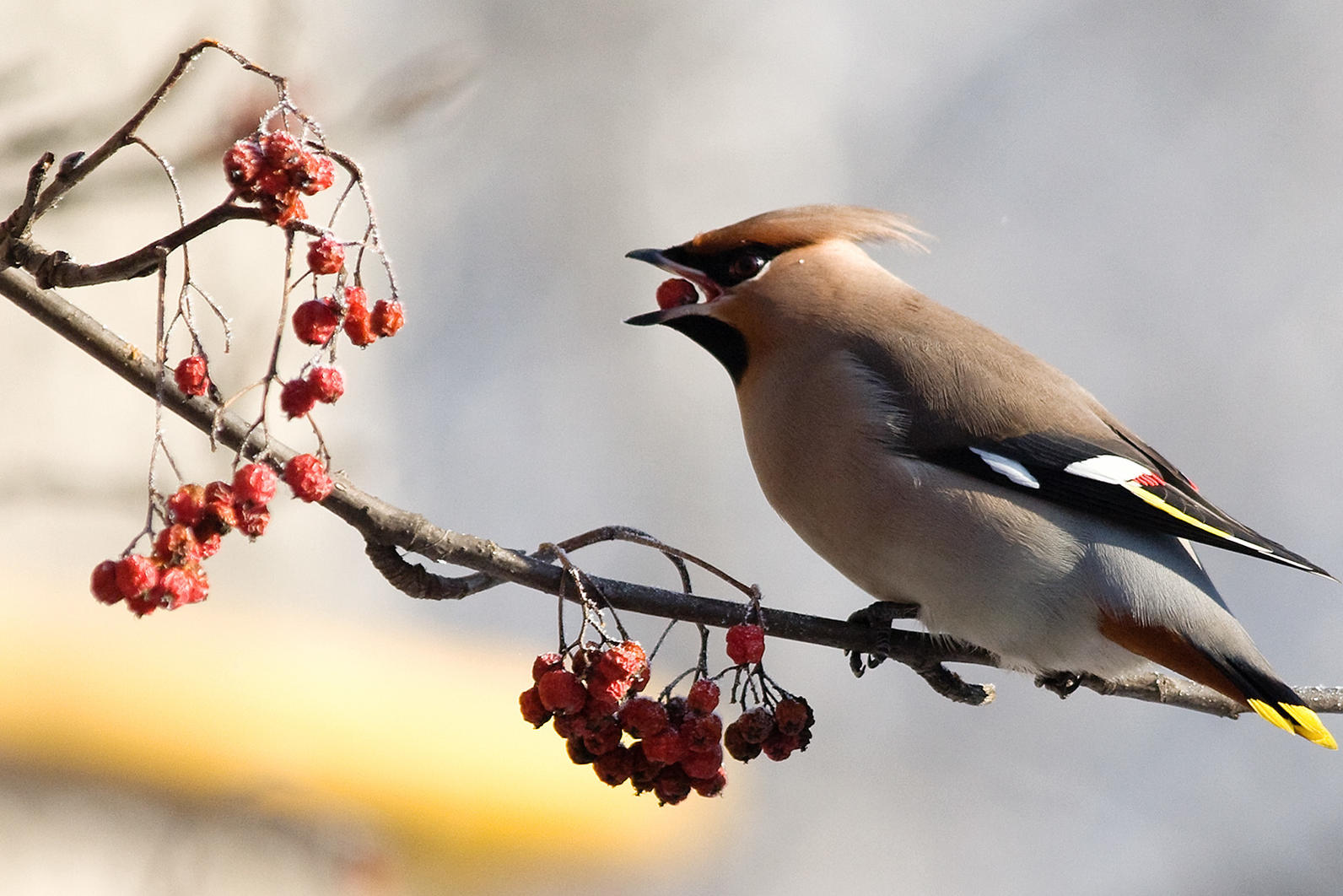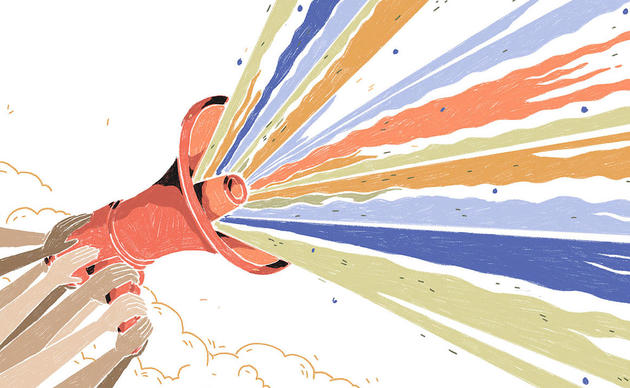
From the melodies of songbirds to the drumming of woodpeckers, birds have long been associated with the sound of spring. Unfortunately, recent research suggests that climate change is driving changes in the calendar period we currently call spring—and that these changes are harming herbivorous and mostly-herbivorous birds.
Specifically, the research observed how different “springtime events” associated with the reproduction of various species has changed with climate in the United Kingdom. The study found that temperature, rather than precipitation, had the largest influence on the timing of breeding in birds and flowering in plants. Although these dates shifted for most animals, the most harmful consequences were found in primary consumers. Primary consumers are essentially the middle of the food chain, or animals that eat plants but are prey to other animals.
While primary consumers include insects, it also means seed-eating birds such as Larks, Cardinals, Finches and Sparrows. In California, environmental toxins and hunting have often threatened our higher-in-the-food-chain predators such as the California Condor and Brown Pelican. Unfortunately, climate change is beginning to threaten the smaller birds too—the ones we may sometimes take for granted as an inherent part of our springtime surroundings.
Your Guide to Climate Action
Here’s where to begin and how to amplify your efforts to make lasting change in the world.




